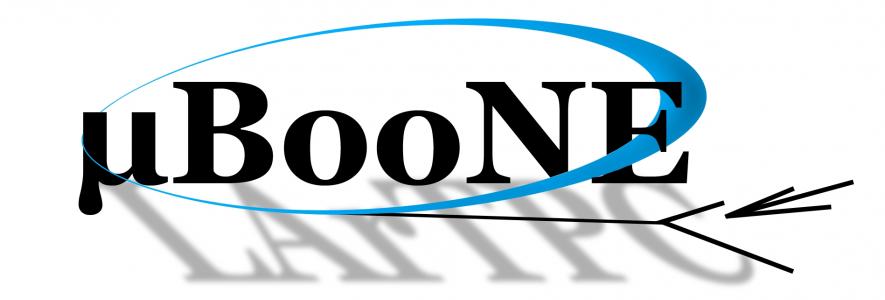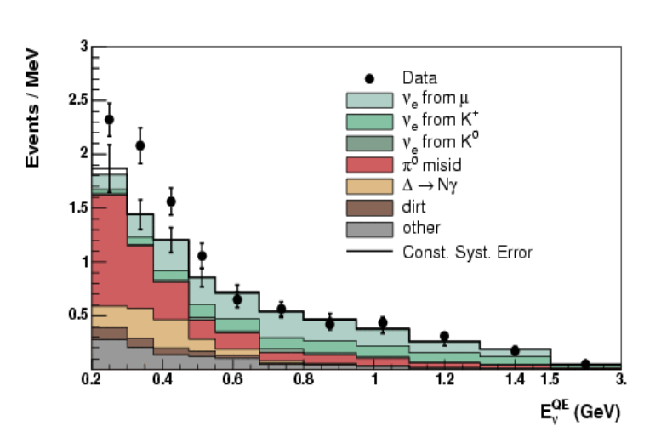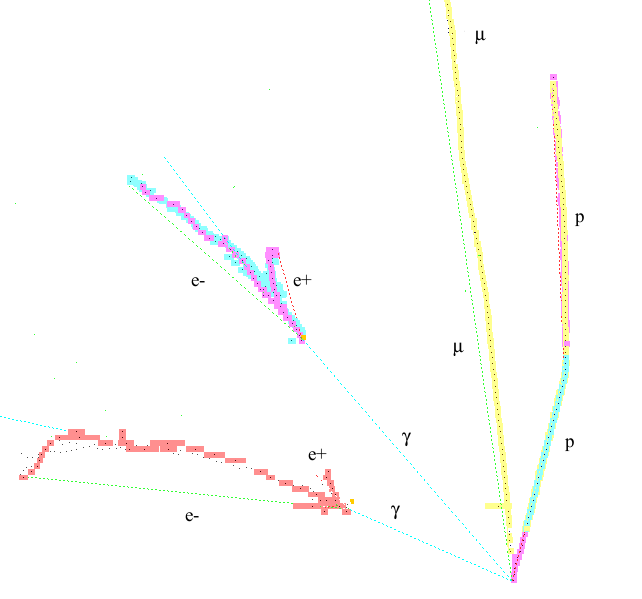
Contact
Melissa Uchida
Group Members
Steve Dennis, Philip Detje, Magnus Handley, Alexandra Moor, JingYuan Shi, Natsumi Taniuchi, Mark Thomson, Melissa Uchida, Karolina Wresilo
Introduction
Located at Fermilab, the MicroBooNE experiment is a large, 170-ton Liquid Argon Time Projection Chamber (LArTPC) located along the Booster neutrino beam line (BooNE is an acronym for the Booster Neutrino Experiment). The experiment will measure low energy neutrino cross sections and investigate the low energy excess events observed by the MiniBooNE experiment. The detector serves as the necessary next step in a phased program towards the construction of massive, kiloton-scale LArTPC detectors.
MicroBooNE will build, operate, and extract physics from the first large LArTPC that will be exposed to a high intensity neutrino beam. With its unparalleled capabilities in tracking, vertexing, calorimetry, and particle identification, all with full electronic readout, MicroBooNE represents a major advance in detector technology for neutrino physics in the energy regime of most importance for elucidating oscillation phenomena.

MiniBooNE and the Low-Energy Excess
The MiniBooNE experiment observed a low-energy excess of electron-like interactions. This excess has fuelled much theoretical speculation about new physics, including sterile neutrinos, neutrino decay, Lorentz/CPT violation, and the influence of extra dimensions. MicroBooNE has a unique electron-photon discrimination power that will allow us to confirm or reject the MiniBooNE excess and, if confirmed, to test many of the models that have been developed to accommodate this excess.
The MicroBooNE Experiment
MicroBooNE began taking data in October 2015 and will run for at least three years. The use of LArTPC technology will provide high-resolution imaging of the particles produced by neutrino interactions. The recorded images will contain a wealth of information, enabling significant advances in the understanding of neutrinos and their interactions. One significant challenge is the development of automated software for pattern recognition and neutrino event reconstruction exploiting the full potential of Liquid Argon technology. The Cambridge group is developing new techniques of event reconstruction that can be applied to the MicroBooNE data in order to reveal the detailed properties of neutrino interactions.

Pandora Pattern Recognition
The unprecedented resolution of the MicroBooNE data means that a large amount of information is available to aid reconstruction. To tackle this reconstruction challenge, the Cambridge group's focus is on developing Pandora, a pattern-recognition software framework for writing algorithms which address different topologies. The modular approach of Pandora is proving to be the most powerful way to analyse the MicroBooNE data and will be applicable to future experiments employing LArTPC technology.
The Future: DUNE
DUNE (the Deep Underground Neutrino Experiment) is an experiment due to be operational in 2022. Its technology will be similar to MicroBooNE but on a much larger scale, and therefore the pattern recognition techniques being developed at Cambridge for MicroBooNE will be directly applicable to DUNE.
